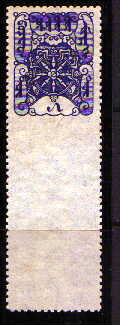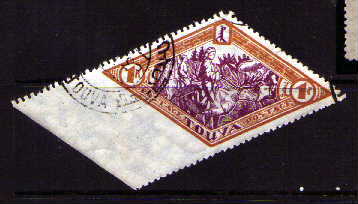I'm not aware of anybody holding this series of stamps suspect. There were, however both the original printing and a later reprint of all ten values of the set. The original stamps have a crackly gum and slightly tinted paper, while the reprints have a white paper and smooth gum. According to the Mirr catalog, you need to use long-wave UV to tell the difference. According to him the original printing ink will have fluorescent qualities the reprints do not. In truth I stick with the gum when differentiating them.
Very few have studied plate varieties on the stamps of Tuva, but there are known varieties on some of these stamps.
All the covers with these stamps on them did postal duty in Tuva.
That's not to say there aren't philatelic covers of this issue, but they were made by philatelists sending covers with these stamps to Tuva to be cancelled and sent back. You'll see later the Soviets came up with a way to change this.
Oh, one more thing. Pretty much all of the tuvan stamps come with "fantails", meaning a super-wide margin where the edge stamps of the sheets were sometimes not perforated. I'd never heard such a term when I first started collecting Tuvan stamps and found this phrase very confusing. Here's a few examples:
    |